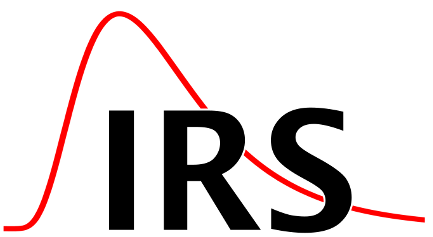Über diese Vorlesung
The aim of this lecture is to provide knowledge of the transport and uptake of selected radionuclides in the biosphere as well as to analyze the most important pathways of their migration in natural ecosystems and associated radioecological risks. Models of radionuclide migration in the biosphere and evaluation tools for assessing potential radiation risks for humans and the environment are considered.
The following topics are considered: speciation of radionuclides and its relevance in the environment, global trends of radionuclide distribution in the biosphere, physico-chemical properties of radionuclides and migration pathways of tritium, radon, xenon, radiocarbon, europium, lead, polonium, iodine, chlorine, uranium, thorium, plutonium, americium, curium, ruthenium, technetium, cobalt, models of radionuclide migration in the environment, modelling of radiological consequences of hypothetical nuclear and radiation accidents, introduction to nuclear forensics.
Leistungspunkte: 2
SWS: 2
Ort: 4134, Raum 101, Seminarraum Biophysik, Herrenhäuser Straße 2
Beginn: SoSe, Di 16:00 Uhr
Dozent & Prüfer: Dr. Sergiy Dubchak
Grundlegende Literatur
- D. Atwood, Radionuclides in the Environment, Wiley and Sons, 2010
- J. Lehto, X. Hou, Chemistry and Analysis of Radionuclides, Wiley-VCH 2011
- K.H. Lieser, Nuclear and Radiochemistry, Wiley-VCH, 2001 oder
- J.V. Kratz, K.H. Lieser, Nuclear and Radiochemistry, Wiley-VCH, 2013
- S.G. Prussin, Nuclear Physics for Applications, 2007
- "Experimentalphysik IV Teil A: Kerne, Teilchen"
- "Strahlenschutz und Radioökologie"
- "Chemie und physikalische Analyse von Radionukliden"


